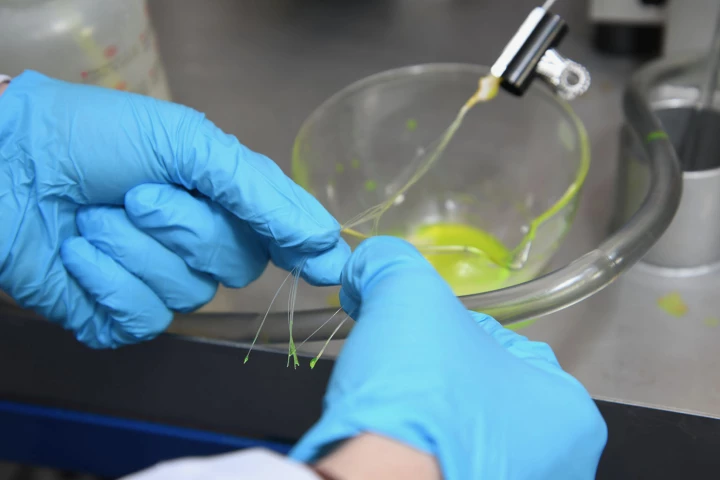Drug delivery
-
In what's been called "a medical breakthrough on the verge of happening," scientists have built a soft robot with the capacity to carry different types of drugs through the body – in a device the size of a grain of rice, steered by magnetic fields.
-
Taking a pill is the easiest, least invasive way to take medicine, but sadly not all drugs work that way. Now, Stanford scientists have found “an embarrassingly simple solution” that could make almost any drug molecule effective in oral pill form.
-
While topically-applied medications do help alleviate various skin conditions, they'd be even more effective if they could better penetrate the skin's surface. Newly developed nanoceramic "stars" may one day help, by poking tiny holes in the skin.
-
Researchers have developed technology that creates nanoscale sacs containing a compartment within a compartment, like a Russian matryoshka doll. The novel tech is capable of delivering two drugs simultaneously or at different times.
-
Swiss scientists have developed textile fibers that can be loaded up with just about any drug, then used to dispense that medication right where it's needed in the body. The fibers could be utilized in sutures or bandages, or implanted on their own.
-
Diabetics sick of daily injections may have renewed hope for a less invasive alternative. Scientists at the University of British Columbia (UBC) have developed a new delivery method for insulin where users just place a few drops under their tongue.
-
It slices, it dices, it's super strong and conductive, and now an ultra-pure form of ‘wonder material’ graphene has been inhaled during a human trial without affecting lung or cardiovascular function, opening the door to a novel drug delivery mode.
-
No matter how important something is, too much of anything is bad for you. Scientists have now put that principle to work to kill cancer, with a new drug that causes calcium to build up and choke the tumor to death.
-
Nobody likes having to get needles on a frequent basis, or even having to take multiple medications orally throughout the day. A wearable patch could help, by painlessly administering different drugs through the skin when triggered by a smartphone.
-
Peptide therapeutics – like insulin – are typically restricted to administration by invasive injection. Now, researchers have reached a "major milestone", creating an oral peptide that could revolutionize how disease treatment is delivered.
-
Managing diabetes usually involves regular shots, but soon patients might only need injections a few times a year. Stanford has developed a hydrogel-based delivery system that slowly releases drugs over months to control diabetes and even weight.
-
In what will soon be commonplace in drug research, scientists have used an artificial-intelligence algorithmic program to identify a compound, currently used in antimalarial treatment, that can effectively reverse the bone deterioration of osteoporosis.
Load More











